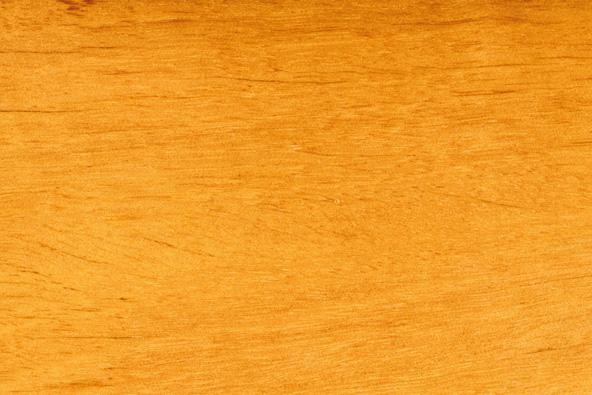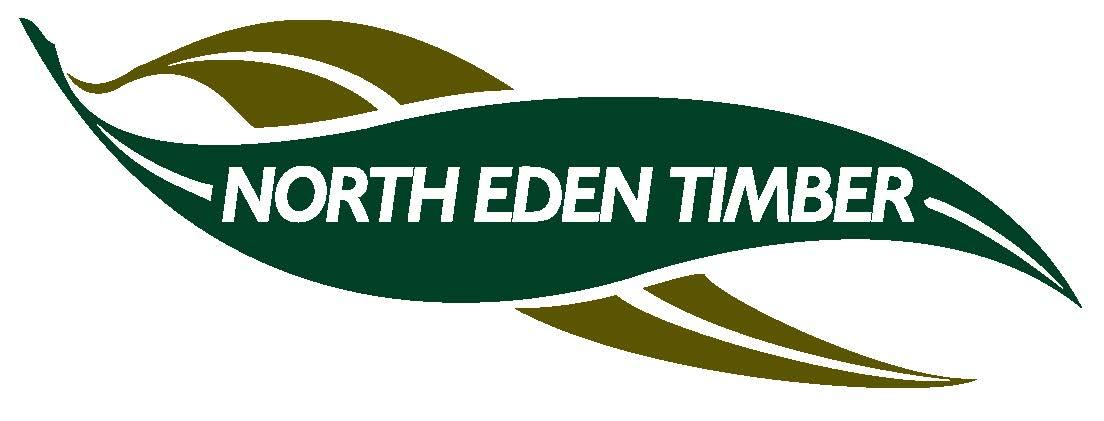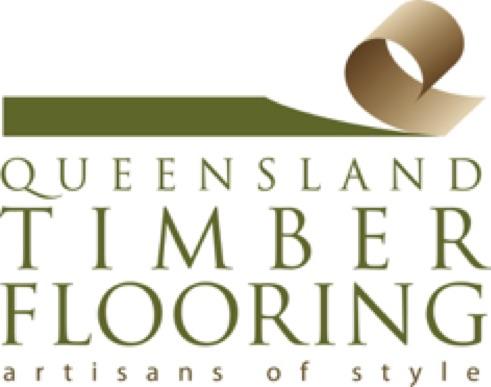Western Australian blackbutt is a large Australian hardwood from the forest areas of south west Western Australia. It is used for general construction, flooring and paneling.
WA Blackbutt, Yarri, Swan River Blackbutt
Eucalyptus patens
Western Australian blackbutt is a large Australian hardwood that grows in the wetter southwest jarrah and karri forest areas of Western Australia. It is generally in very limited supply, in part to it growing in reserves.
Also known as yarri, it is lighter in appearance than blackbutt, Eucalyptus pilularis. The heartwood is a pale yellowish brown, while the sapwood is much paler in appearance.
Western Australian blackbutt has a medium to course texture and an interlocked grain, which can make this species harder to work. Apart from this it has good workability characteristics. Pinholes may also be present but can sanded or polished out during finishing.
Western Australian blackbutt is used for general construction applications, flooring and joinery.
Shrinkage
| Very Low | Low | Medium | High | Very High | |
|---|---|---|---|---|---|
|
|
|||||
|
Tangential :
|
10.00% | ||||
|
Radial :
|
5.00% | ||||
|
Unit Movement Tangential:
|
|||||
|
Unit Movement Radial:
|
Strength Group
| Very High | High | Reasonably High | Medium High | Medium | Reasonably Low | Low | Very Low | |
|---|---|---|---|---|---|---|---|---|
| Unseasoned: | S1 | S2 | S3 | S4 | S5 | S6 | S7 | S8 |
|
|
||||||||
| Seasoned: | SD1 | SD2 | SD3 | SD4 | SD5 | SD6 | SD7 | SD8 |
|
|
Stress Grade
|
Structural No. 1 |
Structural No. 2 |
Structural No. 3 |
Structural No. 4 |
Structural No. 5 |
|
|---|---|---|---|---|---|
| Unseasoned: | F14 | F11 | F8 | F7 | F5 |
| Seasoned: | F17 | F14 | F11 | F8 | F7 |
Density per Standard
| Seasoned: | 850kg/m3 |
|---|---|
| Unseasoned: | 1100kg/m3 |
Joint Group
| Very High | High | Reasonably High | Medium | Low | Very Low | |
|---|---|---|---|---|---|---|
| Unseasoned: | J1 | J2 | J3 | J4 | J5 | J6 |
|
|
||||||
| Seasoned: | JD1 | JD2 | JD3 | JD4 | JD5 | JD6 |
|
|
Colour
| White, yellow, pale straw to light brown | Pink to pink brown | Light to dark red | Brown, chocolate, mottled or streaky | |
|---|---|---|---|---|
|
|
||||
Mechanical Properties
|
Modulus of Rupture - Unseasoned:
|
66 |
|---|---|
|
Modulus of Rupture - Seasoned:
|
99 |
|
Modulus of Elasticity - Unseasoned:
|
12 |
|
Modulus of Elasticity - Seasoned:
|
13 |
|
Maximum Crushing Strength - Unseasoned:
|
37 |
|
Maximum Crushing Strength - Seasoned:
|
65 |
|
Impact - Unseasoned:
|
13 |
|
Impact - Seasoned:
|
11 |
|
Toughness - Unseasoned:
|
Medium - 15 - 24 Nm |
|
Toughness - Seasoned:
|
Medium - 15 - 24 Nm |
|
Hardness - Unseasoned:
|
5.5 |
|
Hardness - Seasoned:
|
6.9 |
Durability
| Low | Moderate | Reasonably High | High | |
|---|---|---|---|---|
| (0 - 5 yrs) | (5 - 15 yrs) | (15 - 25 yrs) | (more than 25 yrs) | |
|
In-Ground:
|
|
|||
| (0 - 7 yrs) | (7 - 15 yrs) | (15 - 40 yrs) | (More than 40 yrs) | |
|
Above ground:
|
|
|||
| (0 - 20 yrs, usually < 5) | (21 - 40 yrs) | (41 - 64 yrs) | (More than 60 yrs) | |
|
Marine Borer Resistance:
|
|
|
Lyctid Borer Susceptibility:
|
Susceptible |
|---|---|
| Lyctid Borer Susceptibility - Other: | |
|
Termite Resistance:
|
Resistant |
Fire Properties
| 1 - non-combustible | 2 - reasonably non-combustible | 3 - slightly combustible | 4 - combustible | |
|
Fire Properties Group Number: |
|
|
Average Specific Extinction Area:
|
<250 |
|---|---|
|
Bushfire Resistance:
|
BAL 12.5 and 19 – All AS3959 required applications |
Western Australian blackbutt is lighter in appearance than blackbutt, Eucalyptus pilularis. The heartwood is a pale yellowish brown, while the sapwood is much paler in appearance.
It has a medium to course texture and an interlocked grain, whereas other blackbutt varieties tend to have a straight grain.
Western Australian blackbutt is mainly used in flooring.






